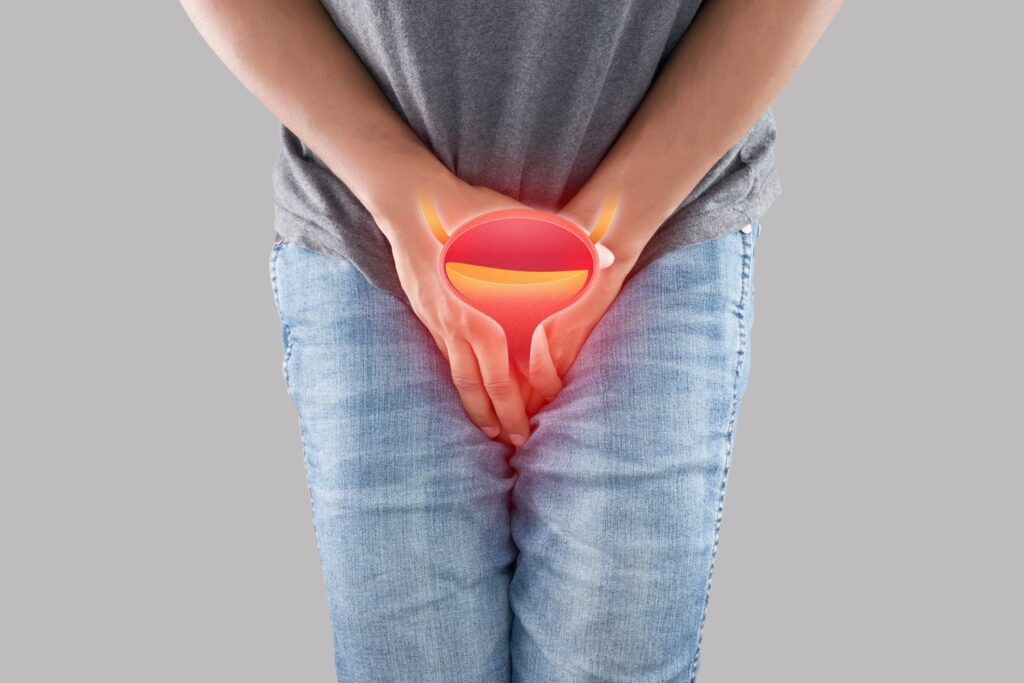What is Urethral Stricture?
The urethra is a tube that expels urine from the bladder to the outside and is wide enough for urine flow. When the urethra narrows, it can restrict urine flow, and this medical condition is known as a urethral stricture.
Urethral strictures are most common in men (above 55 years), and rare in women.
Symptoms of Urethral Stricture
The most apparent sign of urethral stricture is a weakened urinary system.
- Reduced urine flow
- Straining to pass urine
- Difficulty urinating
- Dribbling of urine
- Frequent urge to urinate
- Urinary tract infections
- Penis or prostate inflammation
- Pain during urination
Consult your urologist right away if you experience symptoms of stricture and are unable to urinate.
Causes of Urethral Stricture
- Injury to the urethra
- Sexually transmitted infections
- Prostate enlargement
- Placement of catheters or instruments (During Surgery)
- Unknown reasons (idiopathic strictures)
- Urethral cancer
The condition can range from mild to life-threatening, so a quick diagnosis is important.
Prevention of Urethral Stricture
It is only sometimes possible to prevent urethral stricture by,
- Using protection during sexual contact to avoid sexually transmitted diseases
- Avoiding injury to the pelvic area
- Careful use of catheters and instrumentation
Facts About Urethral Stricture
- The condition may not cause any symptoms
- Surgery is the best solution, as medications do not treat the condition
Urethral stricture is a condition that can cause serious complications if left untreated. However, with the proper diagnosis and treatment, most patients can regain their quality of life. It is important to seek medical attention if you are experiencing any symptoms of urethral stricture.

